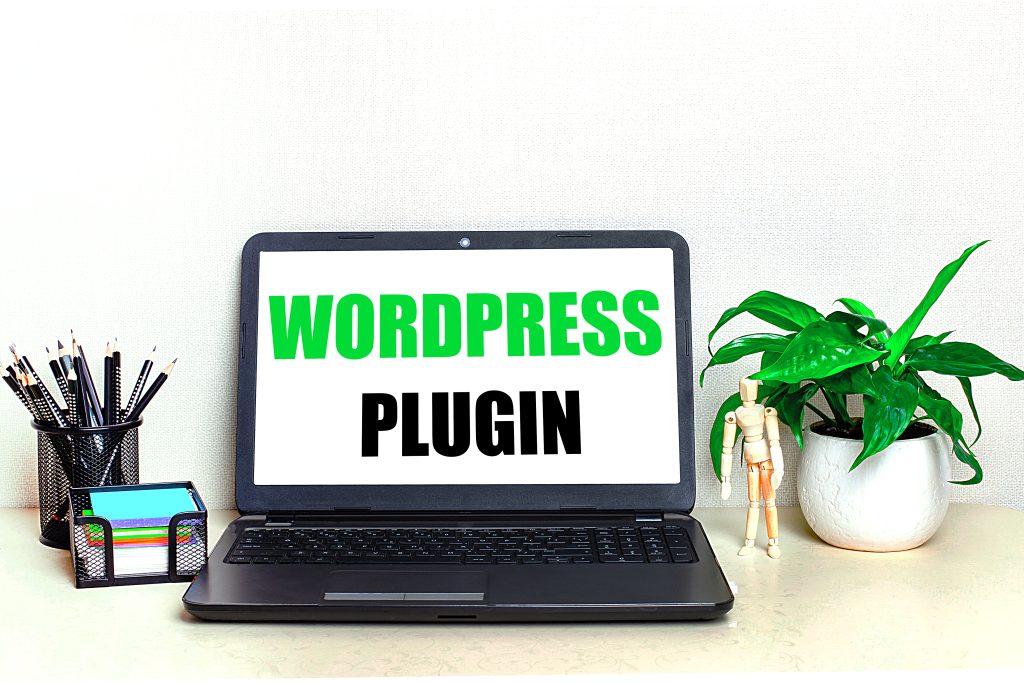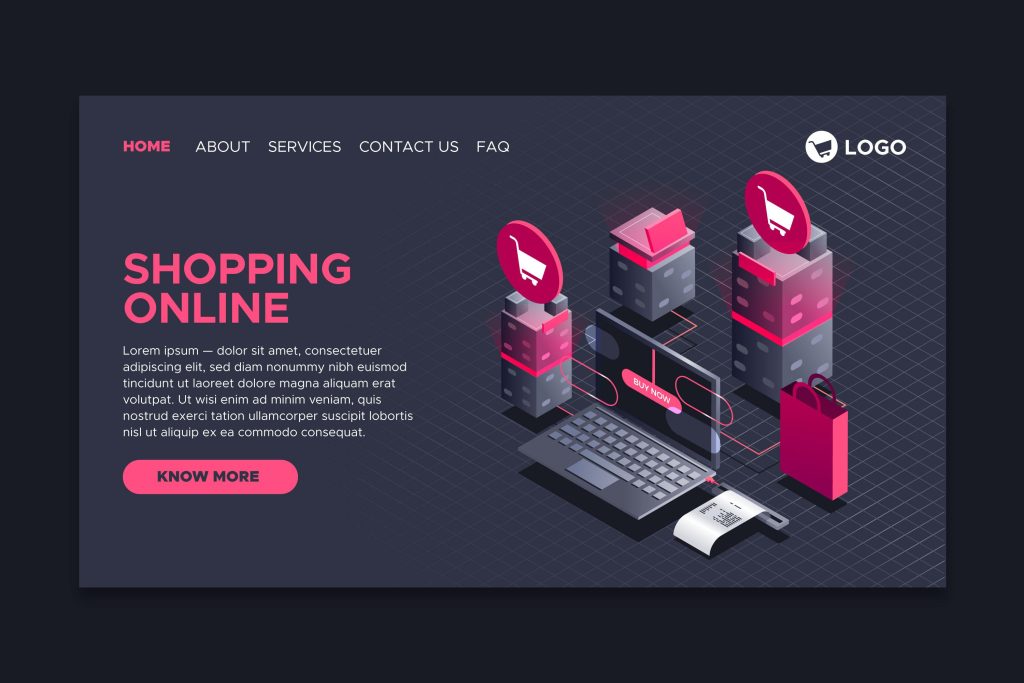Fashion design has evolved dramatically in recent years, with technology playing a pivotal role in transforming how designers conceptualize, create, and present their work. From traditional sketching to advanced 3D modeling, the tools available today offer unprecedented capabilities. In this blog, we’ll explore the top 10 software programs for fashion design in 2025, providing insights into how each can enhance your design process.
What Is Fashion Design Software and Why Is It Essential?
Fashion design software encompasses digital tools that assist designers in creating clothing, accessories, and footwear. These applications range from vector-based drawing programs to sophisticated 3D modeling platforms. By leveraging such software, designers can streamline their workflow, improve accuracy, and bring their visions to life more efficiently.
The importance of fashion design software lies in its ability to bridge the gap between imagination and reality. It allows for rapid prototyping, easy modifications, and real-time collaboration, making the design process more dynamic and responsive to market trends.
How to Choose the Right Fashion Design Software
Selecting the appropriate software for fashion design depends on various factors, including your specific needs, skill level, and budget. For instance, if you’re focusing on 3D garment visualization, a tool like CLO 3D might be ideal. Conversely, for vector illustrations, Adobe Illustrator could be more suitable.
It’s also essential to consider the software’s compatibility with other tools, the availability of support and training resources, and the learning curve associated with the application. Evaluating these aspects ensures that the chosen software aligns with your workflow and enhances productivity.
1. CLO 3D
CLO 3D stands out as a premier 3D fashion design software, offering realistic garment visualization with cutting-edge simulation technologies. It enables designers to create virtual garments that closely mimic real-life fabrics and movements, enhancing the design process and reducing the need for physical samples.
The software’s intuitive interface and robust features make it suitable for both beginners and professionals. With CLO 3D, designers can experiment with different styles, fabrics, and patterns, allowing for greater creativity and efficiency in the design process.
2. Adobe Illustrator
Adobe Illustrator is a vector graphics editor widely used in the fashion industry for creating detailed illustrations, technical drawings, and patterns. Its precision and versatility make it an essential tool for designers aiming to produce high-quality visuals.
The software’s extensive library of tools and integration with other Adobe products enhance its functionality. Designers can create intricate designs, experiment with colors and textures, and seamlessly incorporate their work into various formats for production and marketing.
3. Browzwear VStitcher
Browzwear VStitcher is a 3D fashion design software that offers true-to-life garment visualization, comprehensive pattern libraries, and colorway management. It’s particularly beneficial for commercial fashion design and large-scale production, providing advanced fit validation tools and size inclusivity features.
The software’s ability to simulate fabric behavior and garment construction helps designers make informed decisions early in the design process, reducing time and costs associated with physical prototyping.
4. TUKAcad
TUKAcad is a pattern-making software that provides tools for drafting, grading, and marker making. It’s designed to streamline the technical aspects of fashion design, enabling precise pattern creation and efficient production planning.
The software’s user-friendly interface and robust features make it suitable for both small businesses and large manufacturing units. By automating complex tasks, TUKAcad helps designers focus more on creativity and less on manual calculations.
5. Tailornova
Tailornova is a cloud-based fashion design software that offers automated pattern generation and customization tools. It’s particularly useful for custom-tailoring businesses and made-to-measure operations, allowing designers to create personalized patterns quickly and accurately.
The platform’s intuitive design and measurement management features simplify the process of creating bespoke garments, enhancing customer satisfaction and operational efficiency.
Also Read: 10 Best AI Websites to Help Find a Job
6. Digital Fashion Pro
Digital Fashion Pro is an all-in-one fashion design software that enables users to create professional sketches, design clothing, and launch their brand. It’s designed for both beginners and experienced designers, offering a comprehensive toolkit that includes templates, fabrics, and step-by-step tutorials.
The software’s emphasis on accessibility and education makes it an excellent choice for aspiring designers looking to enter the fashion industry. With Digital Fashion Pro, users can bring their ideas to life and navigate the complexities of starting a clothing line.
7. NewArc.ai
NewArc.ai is an AI-powered fashion design tool that allows for instant sketch-to-image generation and visual prototyping. It’s particularly beneficial for digital fashion and quick prototyping, enabling designers to visualize their concepts rapidly and make informed decisions.
The platform’s advanced AI capabilities streamline the design process, reducing the time and resources required to develop new products. By leveraging NewArc.ai, designers can stay ahead of trends and respond swiftly to market demands.
8. Gerber AccuMark
Gerber AccuMark is a comprehensive garment design software known for its advanced pattern making, grading, and marker making capabilities. It’s widely used in the industry for its precision and efficiency, helping designers create accurate patterns and optimize material usage.
The software’s integration with PLM systems and customizable templates make it a valuable asset for large-scale production environments. Gerber AccuMark’s robust features support the entire design-to-production workflow, enhancing overall productivity.
9. Seamly2D
Seamly2D is an open-source fashion design software that focuses on pattern drafting. It’s designed to be accessible to designers of all levels, offering tools for creating custom patterns with precision and flexibility.
The software’s community-driven development and support for various pattern-making systems make it a versatile choice for independent designers and small businesses. Seamly2D’s emphasis on open-source collaboration fosters innovation and continuous improvement.
10. Valentina
Valentina is another open-source pattern drafting software that combines modern technologies with traditional pattern-making methods. It supports parametric design, allowing for easy adjustments and customization of patterns.
The software’s multilingual support and compatibility with various operating systems make it accessible to a global user base. Valentina’s focus on combining new and old techniques offers a unique approach to fashion design, appealing to both contemporary and historical garment creators.
Embracing the Future of Fashion Design
The landscape of fashion design is continually evolving, with technology playing an increasingly significant role. The software for fashion design discussed above offers a range of tools to enhance creativity, improve efficiency, and streamline the production process.
Whether you’re a seasoned designer or just starting, embracing these digital tools can provide a competitive edge in the fast-paced fashion industry. By integrating software like CLO 3D, Adobe Illustrator, and Digital Fashion Pro into your workflow, you can bring your visions to life more effectively and adapt to the ever-changing market demands.
As technology continues to advance, staying informed and adaptable is crucial. Investing time in learning and utilizing these tools will not only enhance your design capabilities but also open new opportunities for innovation and growth in your fashion career.
Interesting Reads:
10 Best Architectural Design Software














